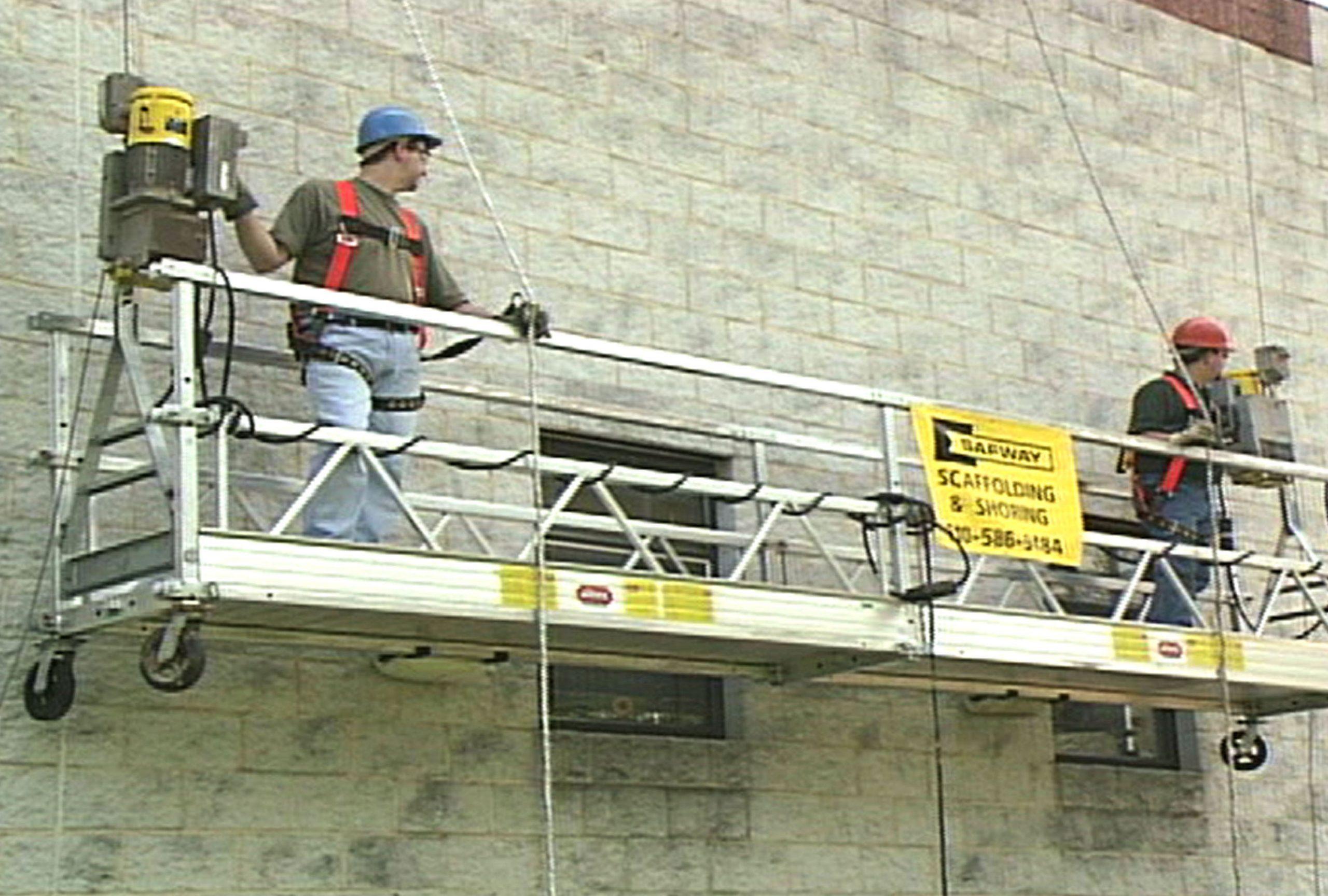Suspended scaffolding is a type of scaffolding that is suspended from a building or other structure and is commonly used for construction, maintenance, and repair work. Suspended scaffolding is an important tool for workers in these industries, but it also comes with inherent safety risks that need to be addressed.
One of the key reasons why suspended scaffolding safety is so important is that workers who use it are often working at great heights, which can increase their risk of falls and other accidents. In addition, suspended scaffolding can be unstable and can shift or collapse if it is not properly set up and maintained.
To help ensure the safety of workers who use suspended scaffolding, employers need to implement a comprehensive safety program that includes training, inspections, and maintenance procedures. This should include training for workers on how to properly set up, use, and disassemble suspended scaffolding, as well as how to recognize and avoid potential hazards.
In addition to training, employers should also conduct regular inspections of suspended scaffolding to ensure that it is in good working condition and meets OSHA standards. This can include checking for damaged or worn parts, as well as ensuring that the scaffolding is properly secured to the building or structure.
Suspended scaffolding safety is an essential part of ensuring the safety of workers in the construction, maintenance, and repair industries. By implementing a comprehensive safety program and conducting regular inspections, employers can help prevent accidents and injuries on the job.
In addition to the importance of suspended scaffolding safety in the workplace, there are several key tips and best practices that employers and workers can follow to help ensure the safe use of suspended scaffolding. These include:
- Conduct a thorough risk assessment before using suspended scaffolding. This should include identifying potential hazards, such as electrical wires, unstable ground, and falling objects, and taking steps to control or eliminate these hazards.
- Follow OSHA regulations and standards for suspended scaffolding. These regulations and standards outline the requirements for the design, construction, inspection, and use of suspended scaffolding and should be followed to ensure the safety of workers.
- Use a qualified person to set up and inspect suspended scaffolding. This person should have the knowledge, experience, and training necessary to properly set up and inspect the scaffolding and to identify and address any potential hazards.
- Use fall protection when working on suspended scaffolding. This can include using guardrails, safety nets, and personal fall arrest systems to prevent falls and injuries.
- Regularly inspect and maintain suspended scaffolding. This should include inspecting the scaffolding for damage or wear, tightening or replacing any loose or worn parts, and ensuring that the scaffolding is properly secured to the building or structure.
- Provide training for workers who use suspended scaffolding. This training should include instruction on how to properly set up, use, and disassemble the scaffolding, as well as how to recognize and avoid potential hazards.
Overall, the safe use of suspended scaffolding is essential for the health and safety of workers in the construction, maintenance, and repair industries. By following best practices and implementing a comprehensive safety program, employers and workers can help prevent accidents and injuries on the job.
Do you need Online Training for Suspended Scaffolding Safety?
Try a free demonstration of our Suspended Scaffolding Safety training, where you can see the full content of the training program and how the system works from the perspective of the trainee:


